
RACCONIGI
- Home
- The Territory, our home - Visit Cuneese
- GARDEN MUSEUM OF THE SILK CIVILIZATION - RACCONIGI
GARDEN MUSEUM OF THE SILK CIVILIZATION - RACCONIGI
For six centuries Racconigi was a great European centre for the production of silk yarns. In the 1700s the city held the record for the highest number of spinning mills, as many as 33, employing a total of 4,000 workers. A story now preserved and developed at the Museo Giardino della civiltà della Seta.
Open Sunday from 10:00 a.m. to 12:00 a.m. and from 2:30 p.m. to 5:00 p.m.
Before leaving, remember to check the opening through the contacts provided in the description.Via Garibaldi, 3 (Ingresso Giardini Piazza Burzio)
Racconigi
Phone:
+39 334 645 2899
Email: sulfilodellaseta@libero.it
Website
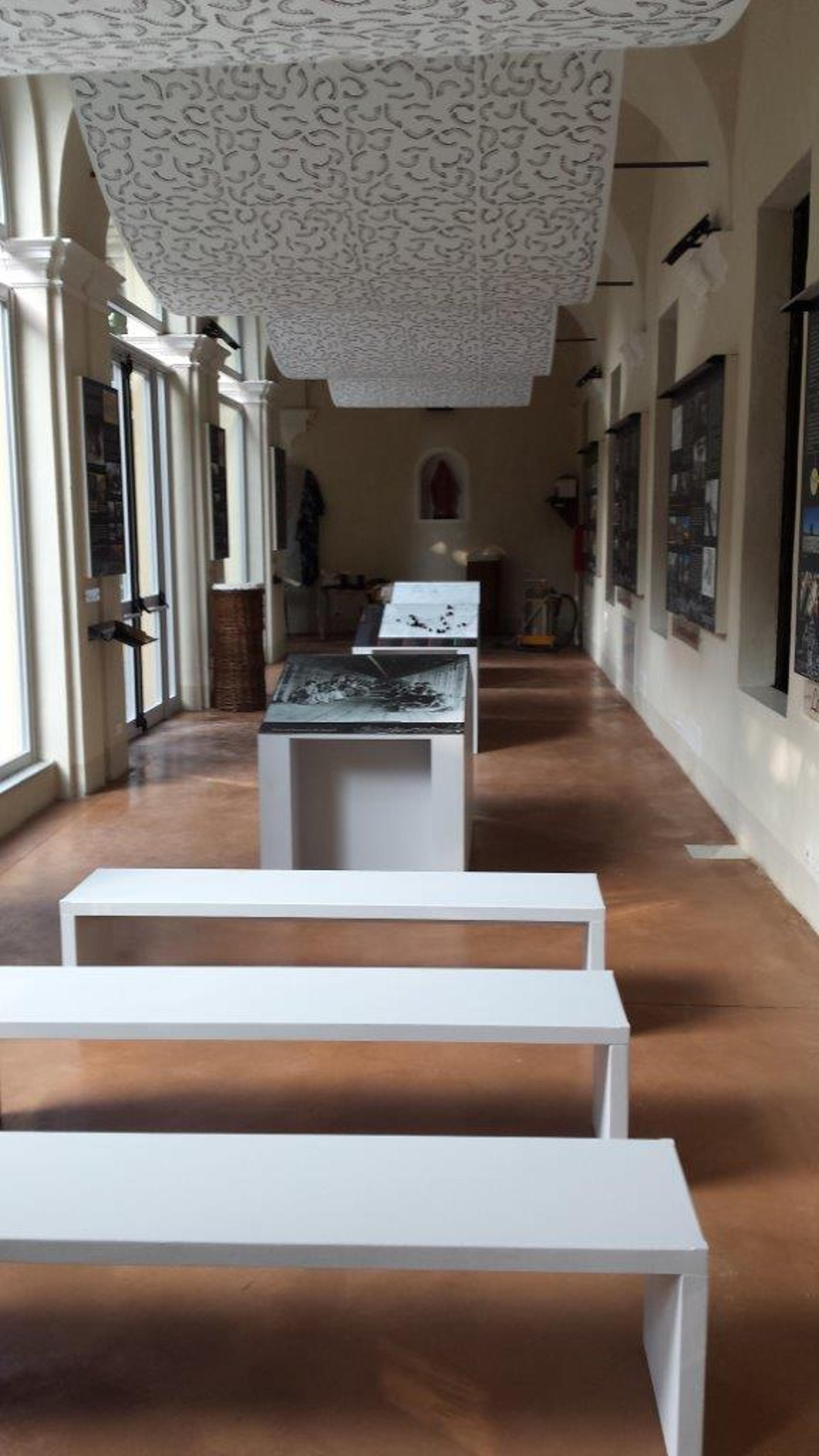

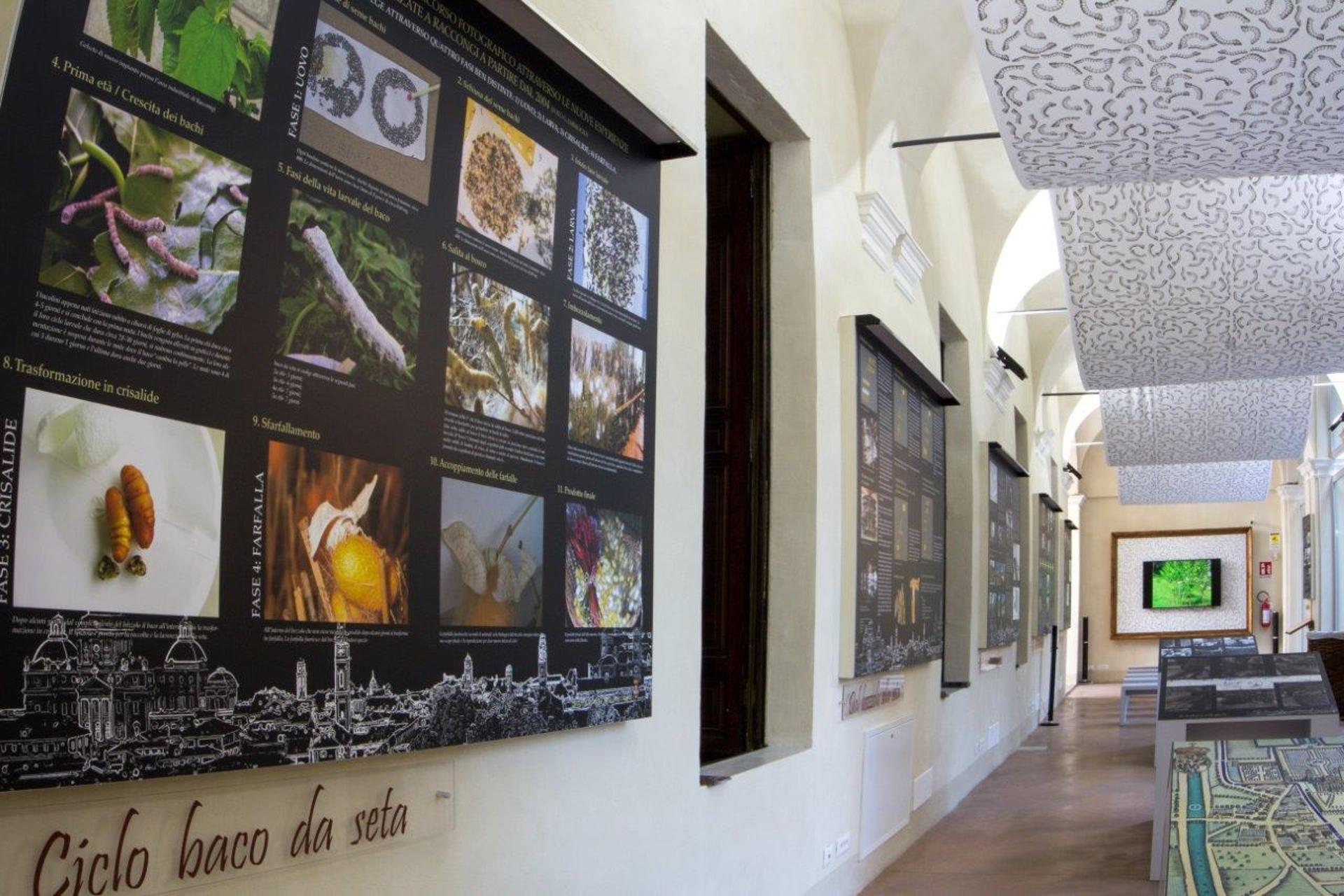
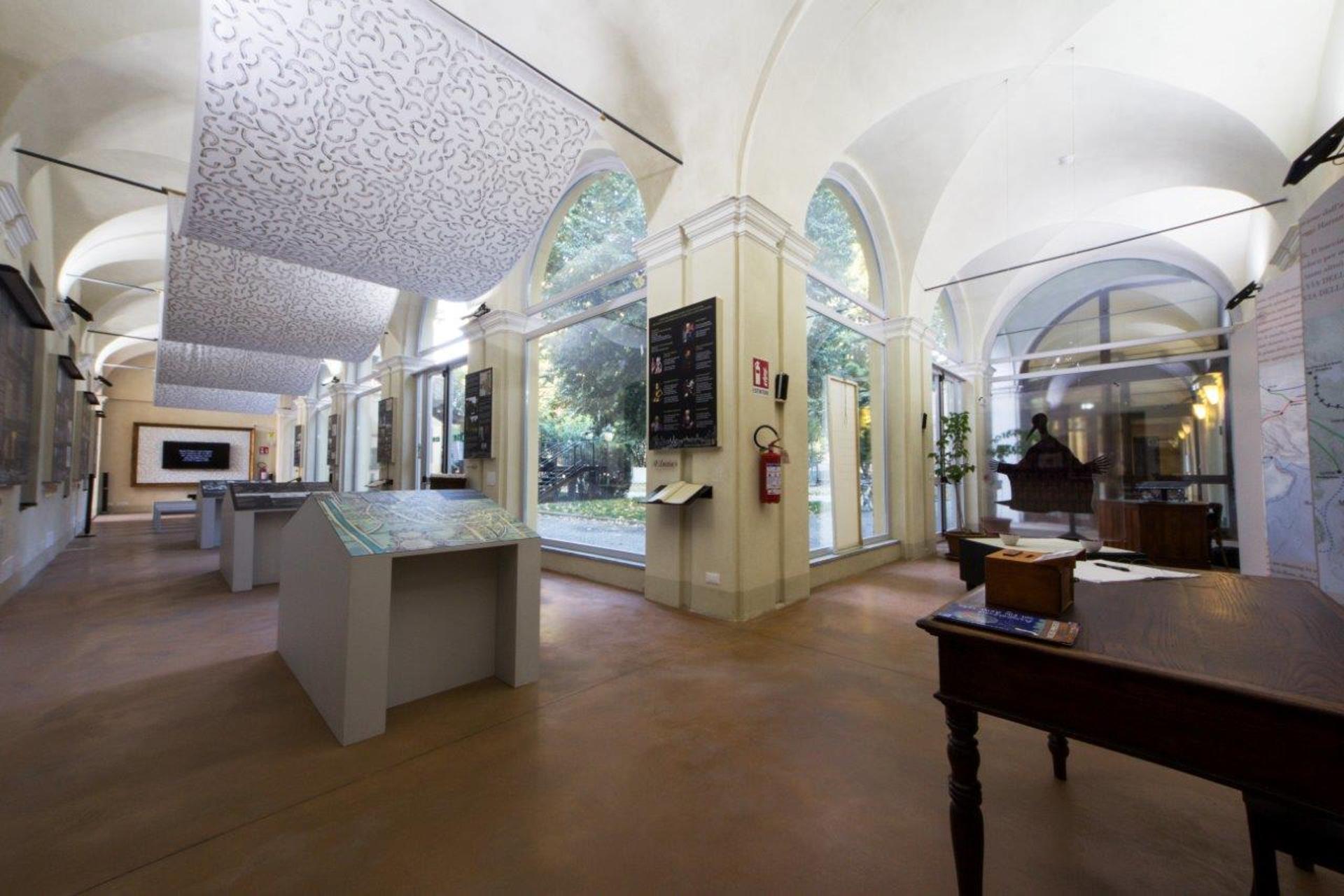
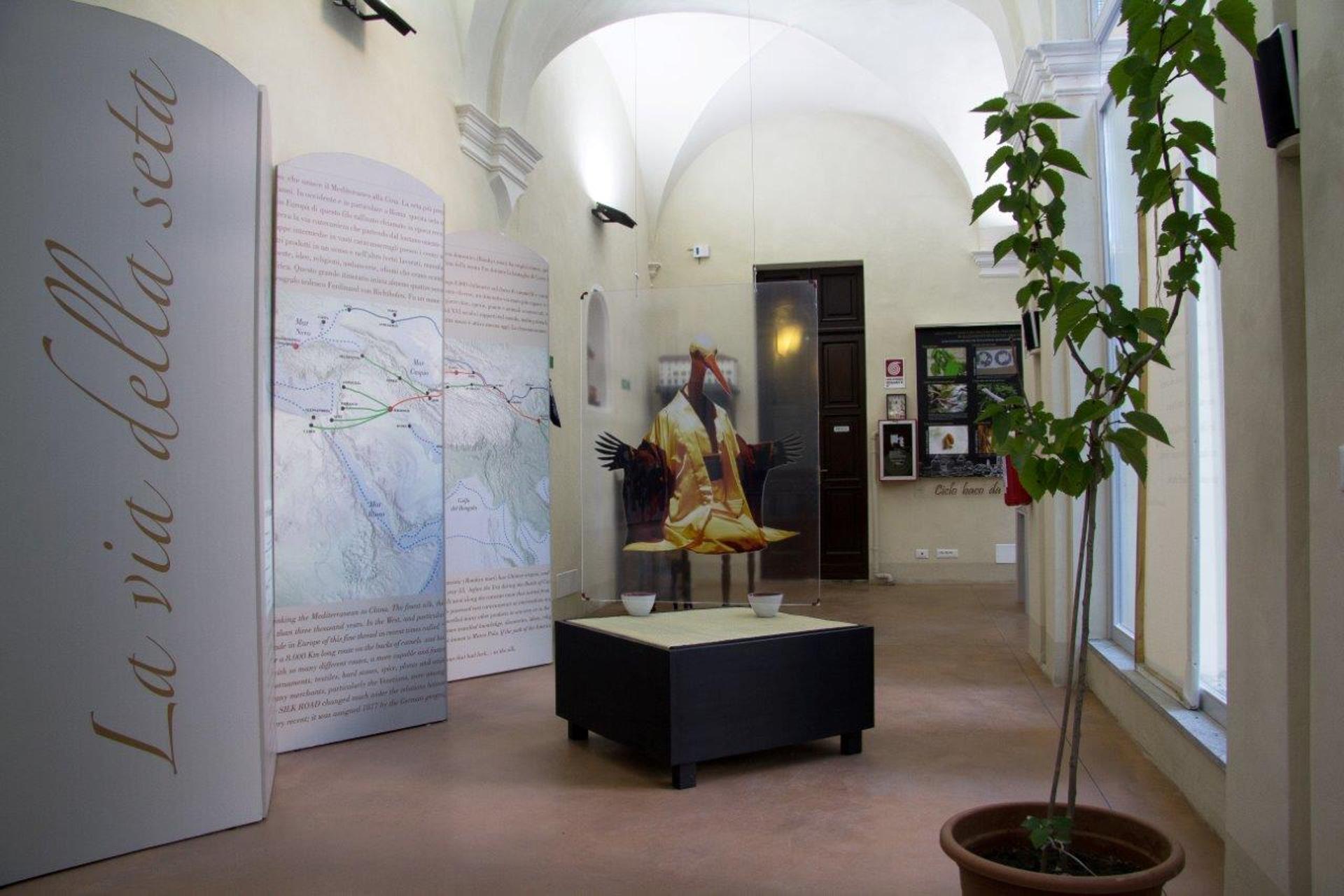

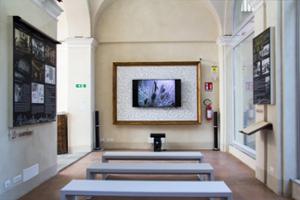



Discover
more
In Piedmont under the House of Savoy in the eighteenth century, the production of silk yarn was the main exported item, accounting for about 80% of the total, ahead of rice, cattle and wine. Throughout Europe, and in particular in England, Piedmontese organzine, silk yarns worked in the twisters and destined for weaving, are among the most sought after.
In the 15th century the silk economy became part of Racconigi's history, at least until 1948, the year when the last silk factory closed its doors. Its long story is now preserved and developed at the Museo Giardino della civiltà della Seta, conceived in 2017 thanks to the intuition of a great local historian, Mario Monasterolo, and set up in the former Convento delle Clarisse, in the historic centre of the city.
In Racconigi, at the beginning of the 16th century, Bernardino I of Savoy systematically cultivated the mulberry, which had already been present since the beginning of the 15th century. Fundamental for the breeding of silkworms, its cultivation spread throughout the countryside, to the point that the Racconigese territory was defined as a mulberry forest.
In the seventeenth century, the far-sighted intervention of the Savoy led to the establishment of the first silk mill, and then the so-called Fabbriche Magnifiche, or Magnificent factories, in which the various phases of reeling and spinning were developed. Thus began the expansion of the Piedmontese silk industry.
In the 1700s Racconigi held the record for the number of spinning machines, as many as 33, employing a total of 4,000 workers. The workforce is mostly female, young women who have made an important contribution to the economic development of the city. Not surprisingly, in that period, one third of the Piedmontese organzine production came from the Racconigese area.
esempi di as xml: xml serveResource con templateId (chiave)
esempi di as json: json serveResource con templateId (chiave)
esempi di as json e siteId: json serveResource con siteid
Cosa
fare
No result found
No result found
Esperienze
No result found
No result found
No result found
Dove
dormire
No result found
No result found
Offerte
No result found
No result found
Info
No result found
No result found




